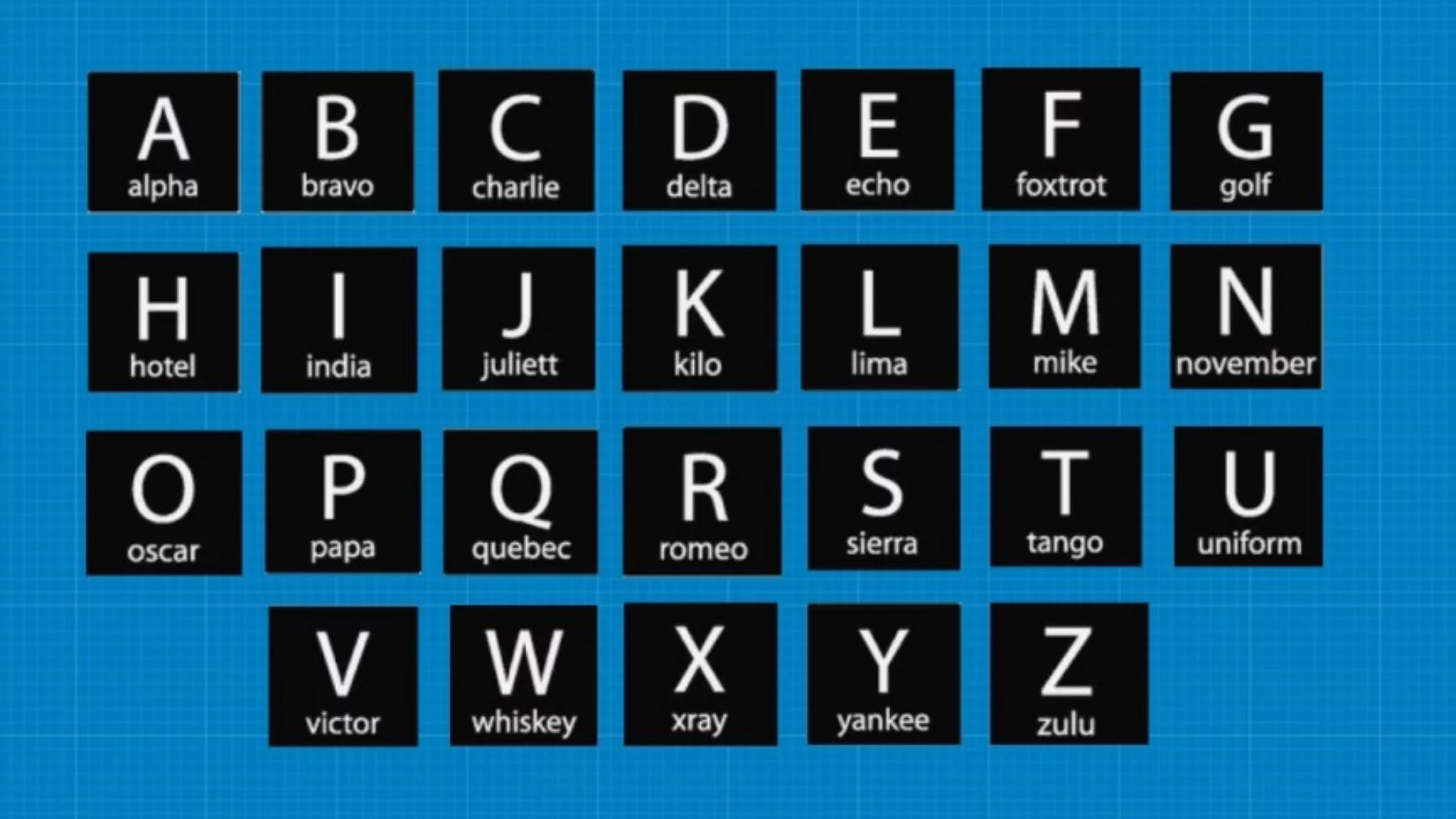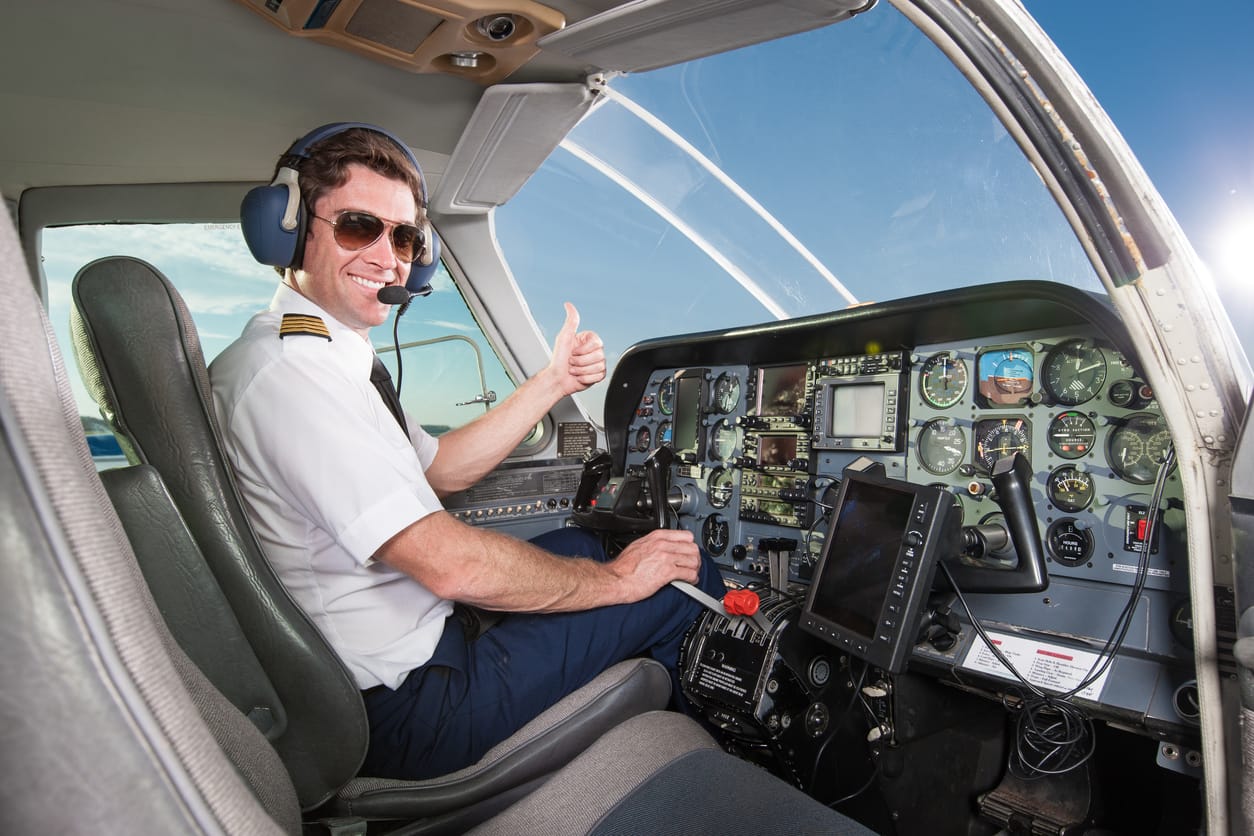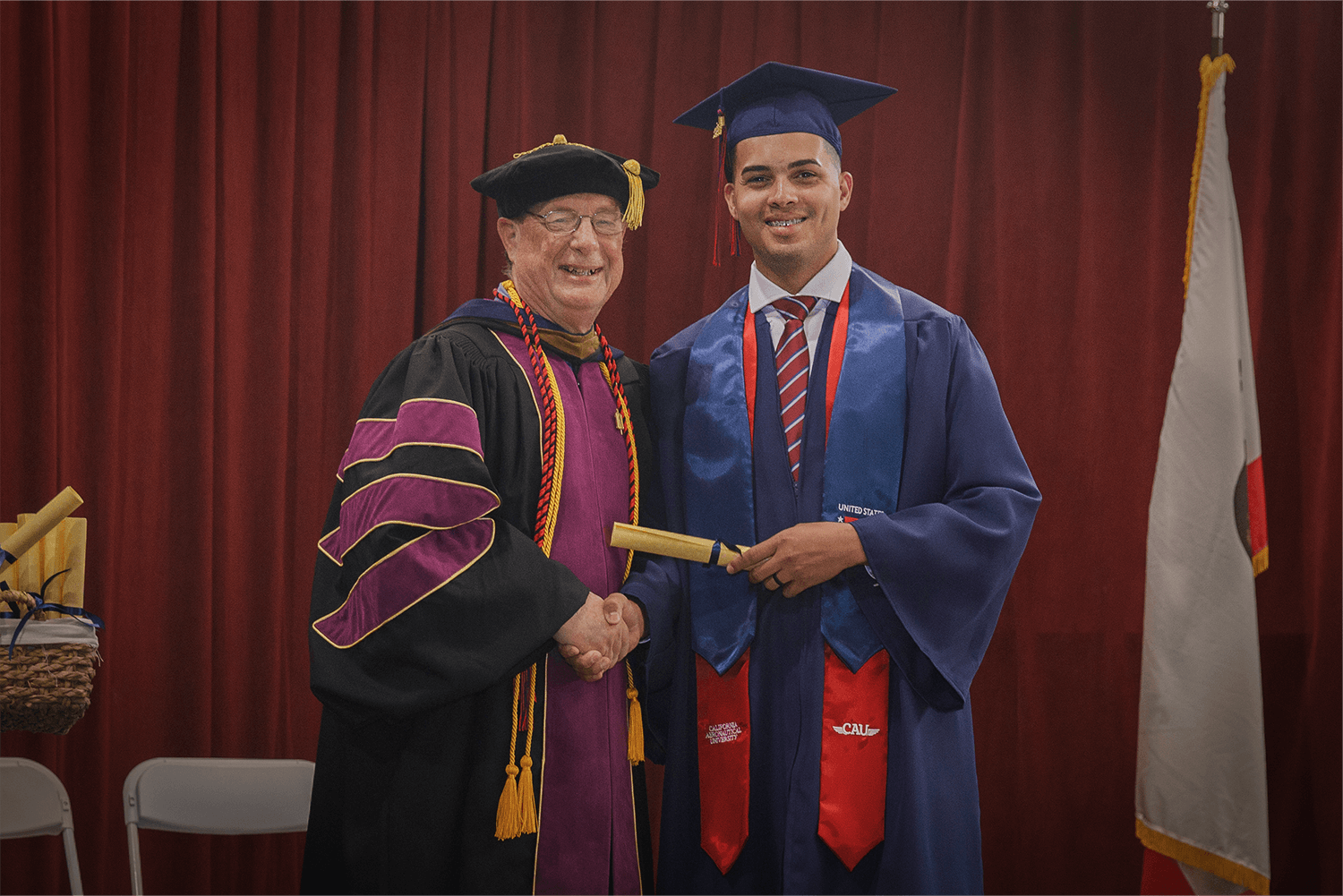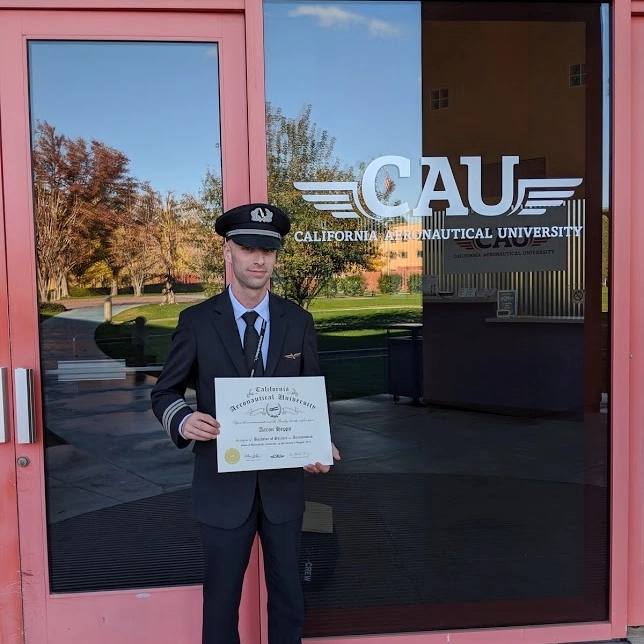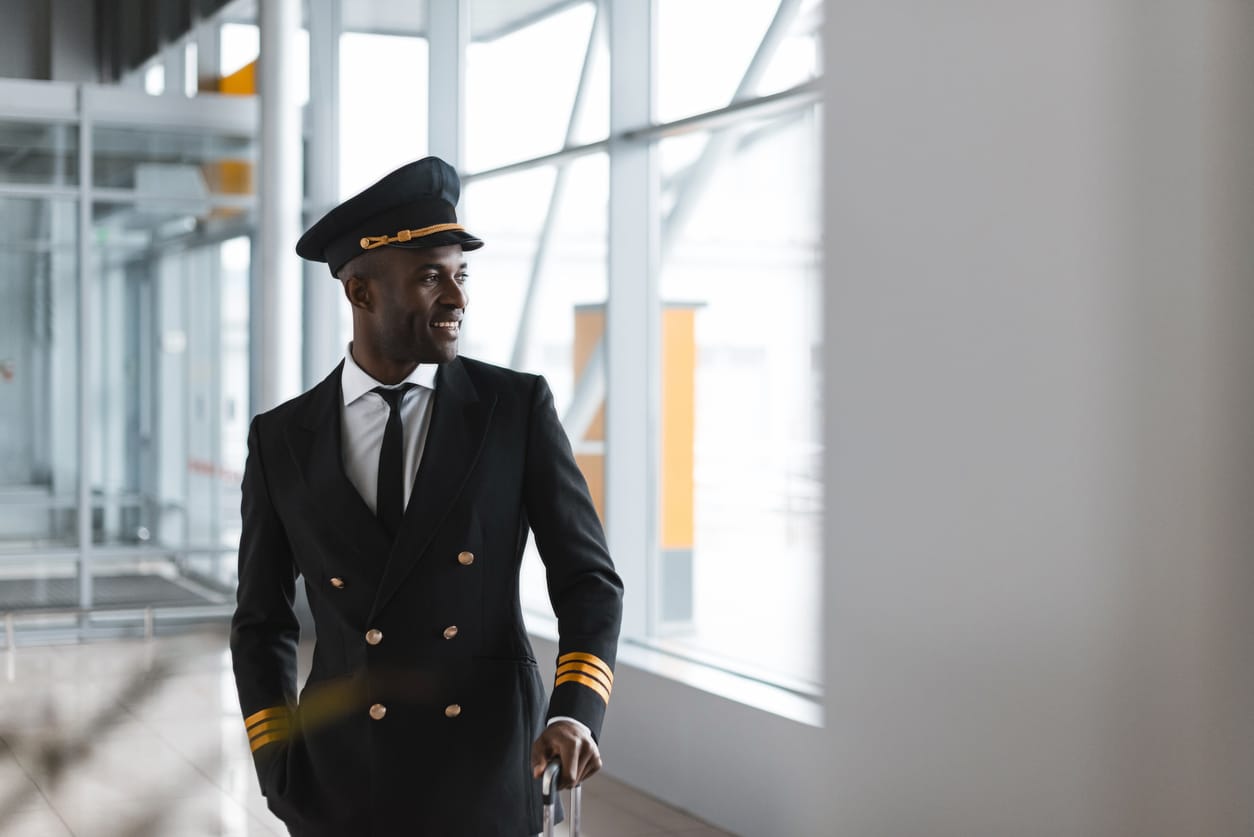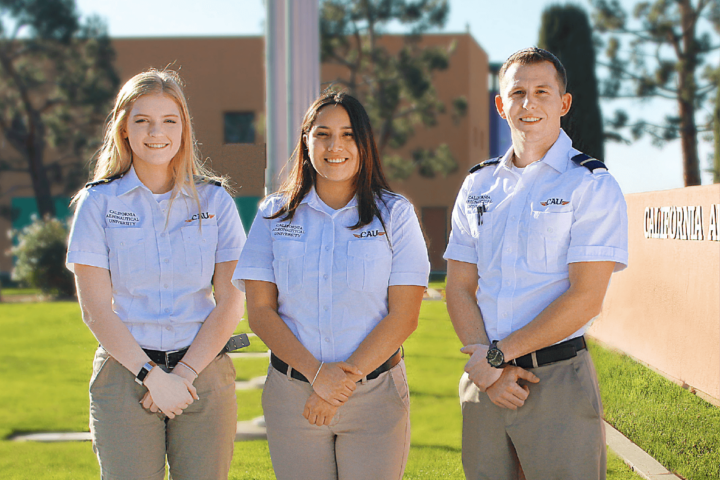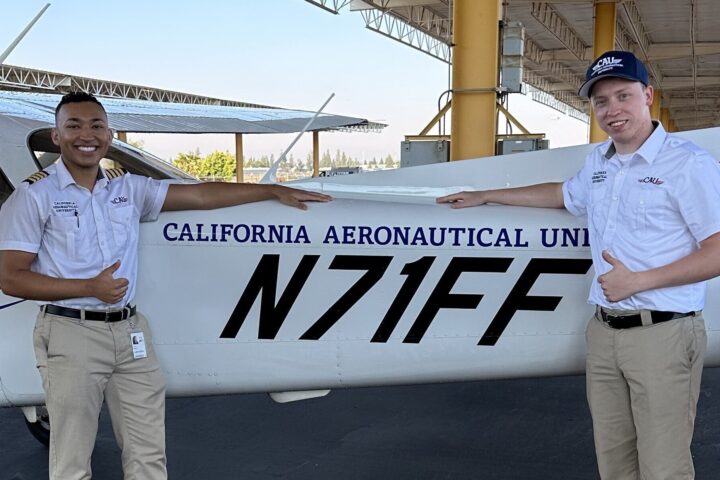We have all had times where we think that we have heard one thing, but it turns out something entirely different was said. The normal reaction in these circumstances is one of confusion. Obviously, confusion in aviation is not a good thing. To minimize any misunderstandings, each alphabet letter is pronounced phonetically when talking on the radio. Today, we will go through the aviation alphabet code and give you a few tips to help you easily remember it.
Why Do Pilots Have Their Own Alphabet?
A pilot, in fact, aviation in general, has their own alphabet to avoid confusion. When pronounced as you would learn in school, many letters sound the same. Take, for instance, ‘F’ and ‘S’. The aviation alphabet, also known as either the ICAO alphabet or NATO phonetic alphabet, is designed to remove ambiguity so that no two letters can be mistaken for each other. When you also consider that radio communication was not traditionally reliable, and it would need to be heard over the noise of loud engines, you can see why pilots might need their own alphabet.
Why Is the Aviation Alphabet Code Important?
There are several reasons why the aviation alphabet code is important:
Disambiguation
Suppose you have ever taken your headset off during a flight. In that case, you will already know that the cockpit can be a pretty loud environment. Even with the headphones on, it can sometimes be difficult to hear. With a lot of background noise, certain letters start sounding very similar. When you consider that air traffic control will relay clearances to you and normally use letters to identify that they are calling you, suddenly it becomes very important to ensure that they are heard correctly.
In loud environments, the problem is that certain letters start to sound similar. “C” (cee) sounds very much like “D” (dee) or “E” (eee), or “T” (tee) and “Z” (zee). If we use the pilot’s alphabet, there is no way we can confuse these letters. “C” becomes “Charlie”, “D” becomes “Delta”, “E” becomes “Echo”, “T” becomes “Tango”, and “Z” becomes “Zulu”.
Easy to Remember and Say
The NATO alphabet tends to be predominantly composed of two (and occasionally three) syllable words. As a result, they are really easy to say. Perhaps more importantly, they are also really easy to remember.
Easy to Hear, Even the Speaker Has an Accent
The ICAO phonetic alphabet has been purposefully designed to be relatively clear, even if the speaker pronounces it differently than you do. While completing your flight training, it is important to remember that aviation is a truly global industry where aircraft will depart and arrive from all four corners of the globe. As a result, pilots may speak in different styles and accents. The good news is that regardless of accents, the letters and names of the NATO alphabet are so distinctive that they are still really easy to understand.
What Are the Letters Called in the Pilot’s Alphabet?
Here is a quick rundown of the official ICAO alphabet. Study the letters below and try to remember them.
- Alpha
- Bravo
- Charlie
- Delta
- Echo
- Foxtrot
- Golf
- Hotel
- India
- Juliet
- Kilo
- Mike
- November
- Oscar
- Papa
- Romeo
- Sierra
- Tango
- Uniform
- Victor
- Whisky
- X-Ray
- Zulu
How Do I Remember the Aviation Alphabet Code?
Learning new names for all of the letters can be challenging for some. However, there are several techniques you can use to get up to speed really quickly, such as:
Bunching and Association
“Bunching” is a proven study technique to help you remember information more quickly. It works by grouping several pieces of information together. By remembering the information in bunches, you might find that even if you are a little uncertain of one letter, you’ll know it by association. For example, remember this phrase: If you need to play golf at a hotel in India, you have to call Juliet. Congratulations, you have just learned four letters of the phonetic alphabet. Golf, Hotel, India, and Juliet.
Practice!
Learning anything does require a lot of practice. Once you have made a good go at studying the ICAO alphabet, try testing yourself every so often. Next time you are with your fellow trainees, try having a friendly competition to see who can ‘score’ the highest when reading car registration plates. For every successfully read plate, you get a point. For every ‘miss’, you lose a point.
Identify Those Letters That You Commonly Struggle With
Almost everyone has a letter that they can never remember. If you miss or forget it, write it down! If you have it on your kneeboard or on a post-it in the cockpit, you can quickly refer to it, and you will find it will become second nature before too long. The aviation alphabet code is one of the many things you will learn if you embark on a career as a pilot. At California Aeronautical University, we can help you learn the tools and skills to become a pilot, including how to properly use the alphabet. Can you spell “success” using the ICAO phonetic alphabet above? Contact CAU today to learn how to jumpstart your aviation career.
Ready to soar in your aviation career?
Mr. Matthew A. Johnston has over 23 years of experience serving various roles in education and is currently serving as the President of California Aeronautical University. He maintains memberships and is a supporting participant with several aviation promoting and advocacy associations including University Aviation Association (UAA), Regional Airline Association (RAA), AOPA, NBAA, and EAA with the Young Eagles program. He is proud of his collaboration with airlines, aviation businesses and individual aviation professionals who are working with him to develop California Aeronautical University as a leader in educating aviation professionals.
